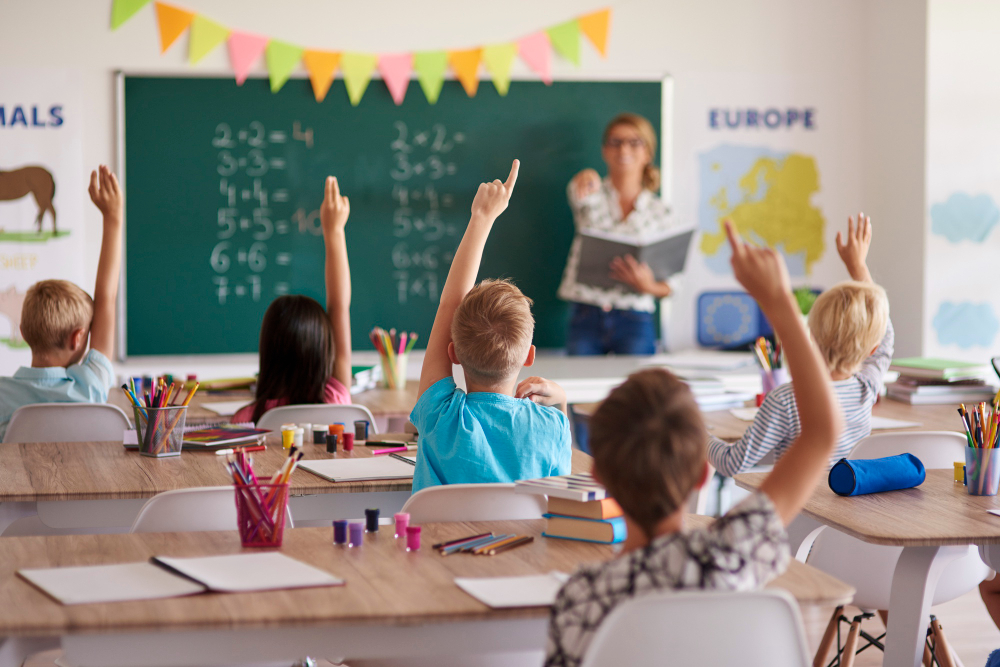Imagine a classroom: not just a concrete cube filled with desks and a chalkboard, but a vibrant arena of discovery where young intellects are shaped and essential life skills imbibed. This setting is far from being just an inert backdrop to education. The learning environment, in fact, wields significant sway over student achievement, engagement, and overall educational outcomes. This article will delve into the intricate dance between the physical and the psychological aspects of a classroom and their dramatic effects on learning efficacy.

Decoding the Classroom Landscape
A classroom environment isn’t limited to the tangible constructs of the space, like lighting, seating orientation, or the stockpile of educational resources. It also embraces the more intangible, psychological aspects: the ambiance, the shared values, the teacher-student camaraderie, and the pedagogical practices in play. These intertwined elements play a vital role in curating a student’s learning experience and, consequently, sculpting their academic success.
The Tangible Space
The physical constituents of a classroom can critically steer a student’s ability to focus, engage, and maintain motivation. Ideal lighting, comfortable temperatures, and a clean, systematic space cultivate a fertile learning milieu. Accessibility to resources, such as literature, technological aids, and experiential learning tools, can further propel superior learning.
Dynamic seating configurations, like collaborative clusters or circle seating, foster peer interaction and cooperative learning. Conversely, traditional row seating might be more conducive to tasks that require intense focus and individual commitment. Hence, a flexible classroom arrangement can cater to diverse learning temperaments and activities.
The Intangible Realm
The psychological climate of a classroom, largely shaped by the teacher’s disposition, classroom protocols, and pedagogical approach, can considerably impact student engagement and learning results. A supportive, inclusive space, where students feel acknowledged and valued, can fuel their self-confidence, stimulate participation, and foster enhanced learning.
Moreover, blending a gamut of teaching strategies, such as interactive dialogues, group projects, and multimedia presentations, can cater to the variegated learning styles and keep students engaged and stimulated.
Read More: Greeneville, TN: A Tapestry of History and Heartland Adventures
Interplay with Academic Triumph
Empirical evidence underscores that both physical and psychological facets of the learning environment can significantly shape student performance. An organized, secure, and resource-rich physical environment can augment concentration and minimize distractions, thereby driving superior academic performance.
In the same vein, a buoyant psychological climate can foster a higher self-concept, motivation, and involvement, culminating in refined learning outcomes. Students thriving in such an environment are more prone to contribute to classroom dialogues, display curiosity, and exhibit resilience in tackling academic hurdles.

In summation, the learning landscape plays an indispensable role in tailoring the educational experience and steering student achievement. As such, educators should invest attention and creativity in curating both a physically amenable and psychologically nurturing learning haven. Flexibility and inventiveness are key, ensuring that varied learning styles and needs are accommodated, and an inclusive and supportive ambiance is nurtured where every student can flourish.
By grasping the dramatic influence of the learning environment on student performance, we can reimagine and reinvent our classrooms. We can transform them from mere architectural spaces into dynamic knowledge incubators that spark curiosity, ignite passion, and facilitate the path to academic triumph.

